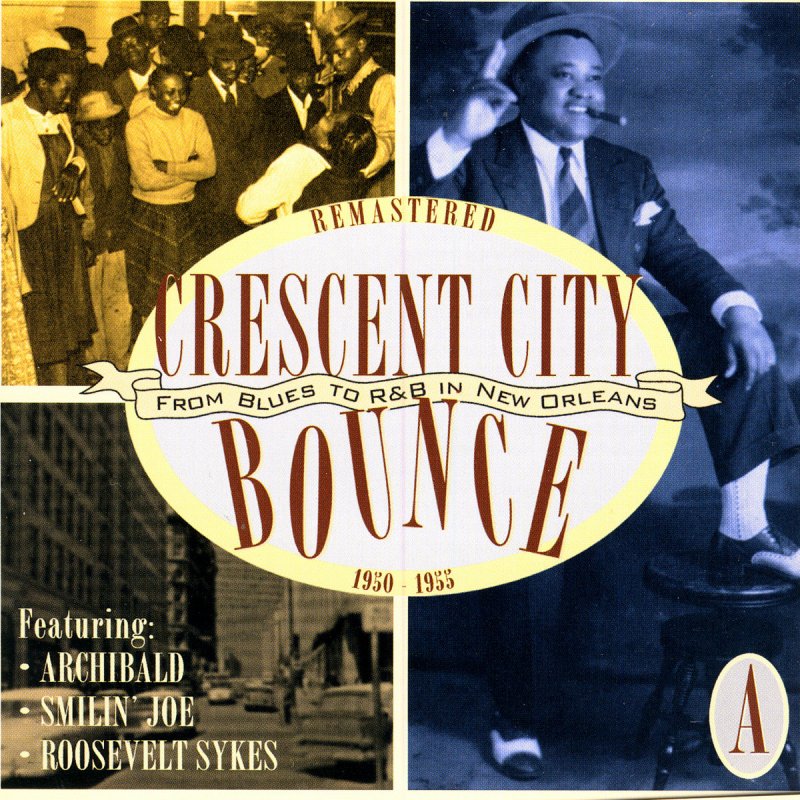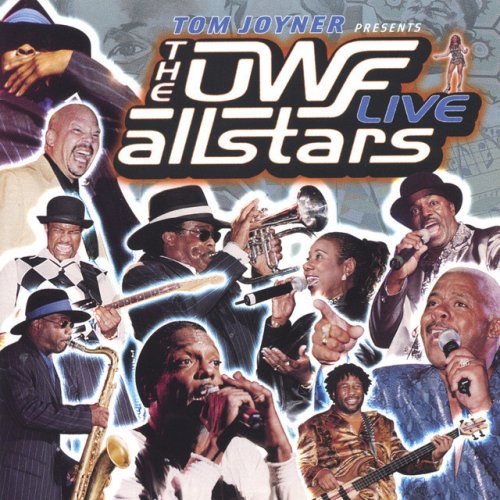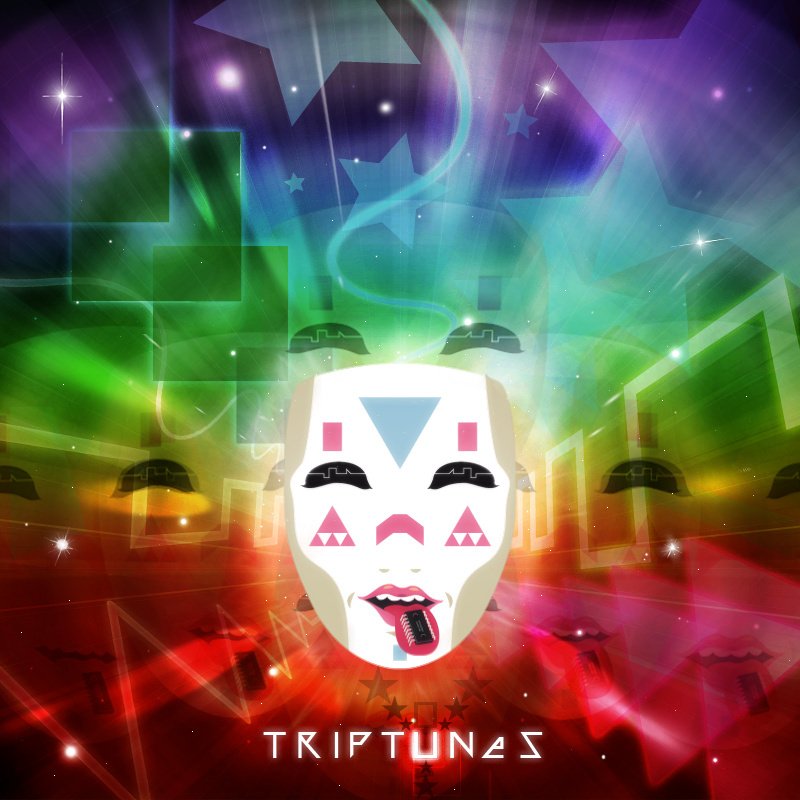
- #Musixmatch lyrics timing how to
- #Musixmatch lyrics timing full
- #Musixmatch lyrics timing download
- #Musixmatch lyrics timing windows
#Musixmatch lyrics timing download
Then click the Add ( +) button next to that song to add it to your library you don’t need to download it. If you subscribe to Apple Music, search for the song you want to add lyrics to using the search bar.
#Musixmatch lyrics timing windows
However, Windows users need to download iTunes from Apple’s website instead. On a Mac, you should already have the Apple Music app. Step 1: Add the Music to Your Libraryīefore you can add custom lyrics to a song, you need to add it to your library in Apple Music or iTunes.
#Musixmatch lyrics timing how to
Since that won’t apply to most people, we’ll explain how to add personal custom lyrics first, then show artists how to add official lyrics after.įollow these three steps to add custom lyrics to songs in Apple Music. If you want to upload official lyrics for everyone to see, you need to be the original artist. It’s also important to note that custom lyrics are only visible to you.
#Musixmatch lyrics timing full
The full research paper is available here on arXiv.Live Lyrics change in time with the music. This Paper is part of Musixmatch’s continuous R&D on Machine Learning and text classification as Musixmatch manages the world’s largest catalog of lyrics and licenses data and content to companies like Amazon Music, Apple, Facebook, Google, Shazam, Vevo, Saavn, etc We are confident that this is the right direction for building reliable models for automatic music emotion recognition which could be helpful for better recommendation systems, playlist management, and music discovery. Lyrics Prediction Task Pipeline: inputs of the pipeline are rows of the time-synced lyrics for which, after a text pre-processing and normalization phase, embedding is calculated it is used as input for a Deep Neural Network prediction taskĬonsidering the promising results achieved using the Synchronised Lyrics Emotion Dataset, as future work we aim to combine both the text-based and vocals-based architectures in a multi-modal solution in order to achieve even better results. The Synchronised Lyrics Emotion Dataset has been created through the Musixmatch Community, based on millions of passionate music lovers who actively synchronize lyrics with the help of advanced sync tools built by Musixmatch. In this paper we present the basis of all our experimentations:

With audio and lyrics representing the two main sources for retrieving low and high-level features that can accurately describe human moods and emotional perception while listening to music, MER is carried on through the use of various techniques ranging from Natural Language Processing ( NLP) to Music Information Retrieval ( MIR) domains, in order to analyze text and audio for identifying emotions induced by a musical excerpt. Music Emotion Recognition (MER) refers to the task of finding a relationship between music and human emotions. Most of the Music Recommendation systems make use of Machine Learning algorithms for building a more personalized experience. Presenting users with music collections organized according to their feelings and their tastes, engaging them to listen to and discover new artists and genres, thereby extending and bringing the listening experience to a new level. Recommender systems are a popular recent topic, especially in the field of music streaming services. Abstract - Research Paper from Musixmatch AI Team. Considering how passionate users are about song lyrics (one of the most searched keywords on Google) and considering the evolution of digital music streaming services and recommendations systems for playlist, radio, and discovery, Musixmatch has focused on automatically detecting Mood/Sentiment related to any songs via lyrics and building a dataset that will, in turn, be available to the music industry. Credited mainly to the world’s largest lyrics catalog created by Musixmatch with its vast community of lyrics-passionate users counting more than 40 million active contributors. The research conducted by Musixmatch’s AI team focused primarily on emotion/mood in relation to vocals and lyrics.

Meanwhile, listeners said that the seven most important vocal semantic categories are a skill, “vocal fit” (to the music), lyricism, the meaning of lyrics, authenticity, uniqueness, and vocal emotion.

Additionally, the four most important “broad” content categories were found to be emotion/mood, voice, lyrics, and beat/rhythm. Of several hundred users surveyed, listeners indicated that vocals (29.7%), lyrics (55.6%), or both (16.1%) are among the salient attributes they notice in music.

A recent study confirms that music-streaming listeners are especially attuned to the perception of singing.


 0 kommentar(er)
0 kommentar(er)
